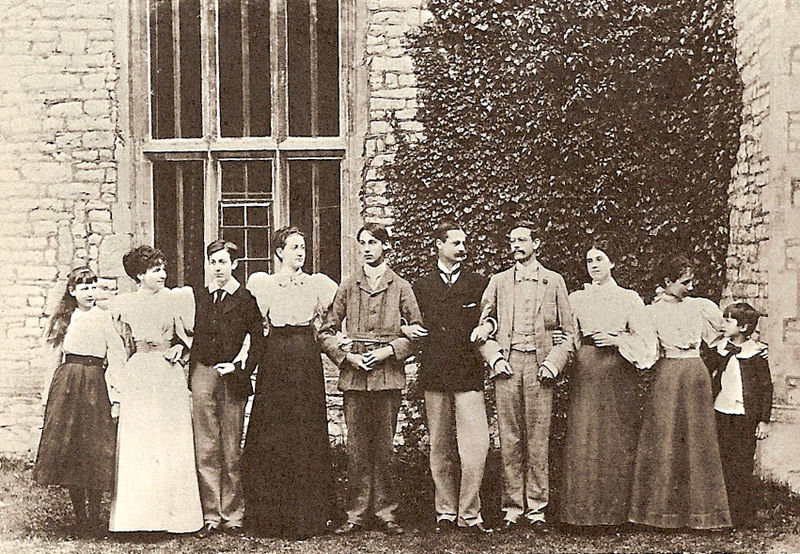<Back to Index>
- Mathematician Henryk Zygalski, 1908
- Civil Servant and Cryptographer Oliver Strachey, 1874
PAGE SPONSOR
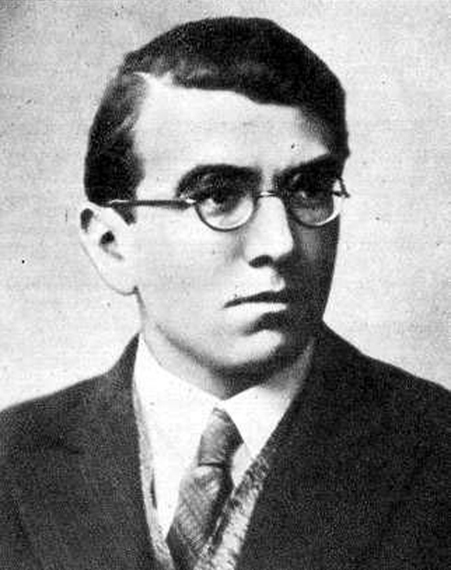
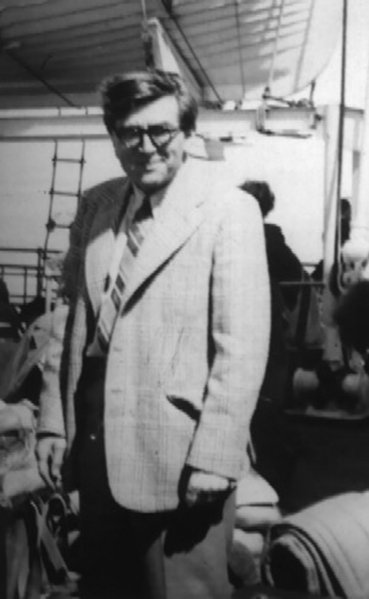
Henryk Zygalski (15 July 1908, Poznań – 30 August 1978, Liss) was a Polish mathematician and cryptologist who worked at breaking German Enigma ciphers before and during World War II.
Zygalski was, from September 1932, a civilian cryptologist with the Polish General Staff's Biuro Szyfrów (Cipher Bureau), housed in the Saxon Palace in Warsaw. He worked there with fellow Poznań University alumni and Cipher Bureau cryptology course graduates Marian Rejewski and Jerzy Różycki. Together they developed methods and equipment for breaking Enigma messages.
In late 1938, in response to growing complexities in German encryption procedures, Zygalski designed the "perforated sheets," also known as "Zygalski sheets," a manual device for finding Enigma settings. This scheme, like the earlier "card catalog," was independent of the number of connections being used in the Enigma's plugboard, or commutator.
After the war he remained in exile in the United Kingdom and worked, until his retirement, as a lecturer in mathematical statistics at the University of Surrey. During this period he was prevented by the Official Secrets Act from speaking of his achievements in cryptology.
He died August 30, 1978, at Liss, was cremated and his ashes taken to London.
Shortly before his death, he was honored by the Polish University in Exile with an honorary doctorate for his role in breaking Enigma.
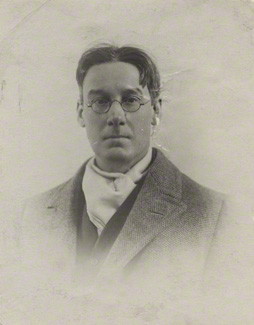
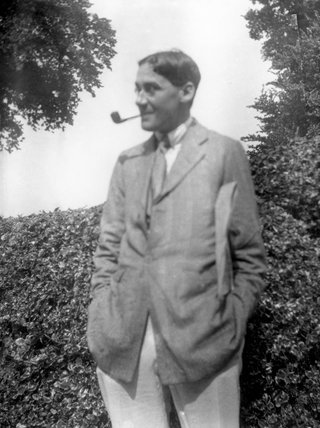
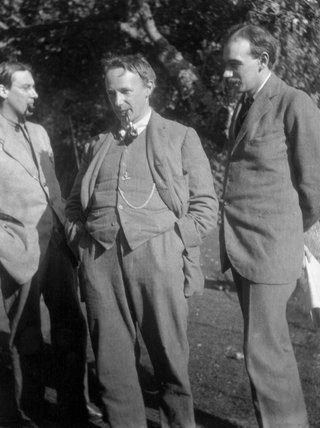
Oliver Strachey (3 November 1874 – 14 May 1960), a British civil servant in the Foreign Office was a cryptographer from World War I to World War II.
He was a son of Lieutenant General Sir Richard Strachey and Lady (Jane) Strachey, and a brother of the writer Lytton Strachey. He was educated at Eton College and attended Balliol College, Oxford, for one term. According to Who was Who he was in the Foreign Office, and engaged in work on East Indian Railway and historical research. He co-authored with his wife Ray a work on Keigwin’s Rebellion (1683 – 84), an episode in the history of Bombay; it was published in 1916.
His first marriage to Ruby Julia Mayer produced one daughter, Julia Strachey, and ended in divorce. In 1911, he married Rachel Conn (Ray) Costelloe (1887 – 1940). They had two children Christopher and Barbara. Christopher Strachey later became a pioneer in the development of computers and computer languages.
In World War I, he was in British Military (Army) Intelligence, MI1. Between the wars, he was in the Government Code and Cypher School. In 1934, Strachey and Hugh Foss broke the Japanese naval attaché machine cipher.
In World War II, he was at Bletchley Park. He headed the ISOS section deciphering various messages on the Abwehr network involved with turned German agents (part of the Double Cross system), with the first decrypt issued on 14 April 1940. Initially code - named Pear, the decrypts became known as ISOS, standing either for Illicit or Intelligence Services (Oliver Strachey). He was replaced as head of ISOS by Denys Page in early 1942.
In January 1942, Strachey went to Ottawa, Canada, where he was chief cryptographer in the Examination Unit, where he remained until July. This ambiguously named, top secret cipher department was the Canadian version of Bletchley Park. His predecessor at the Unit was the notorious Herbert Osborne Yardley, who had written a sensational expose of American and British cryptography in World War I, "The American Black Chamber" (1931). Yardley's contract was not renewed under pressure from Washington. Strachey refused to go to Ottawa until Yardley had left the city.
Strachey brought with him from England keys to high level French Vichy and Japanese diplomatic codes, which initiated close cooperation with Washington and London. Although he did not speak or read Japanese, he helped break the Japanese encryption, which was very complex, since it used variations of kanji, hiragana and romanization. At 67, he "was a man whose best work has been done."
His recreations were music and reading. He was awarded a CBE in 1943.
